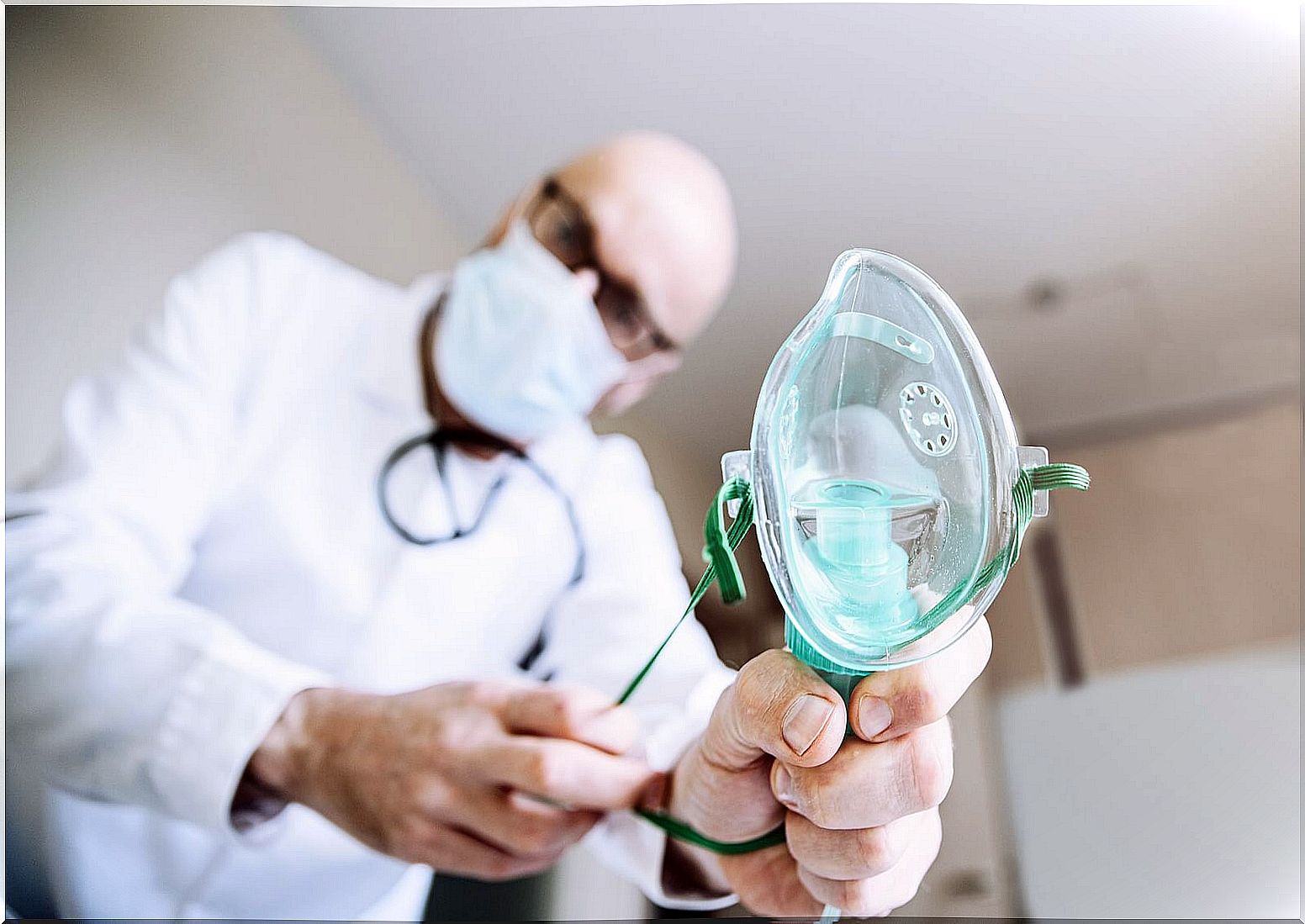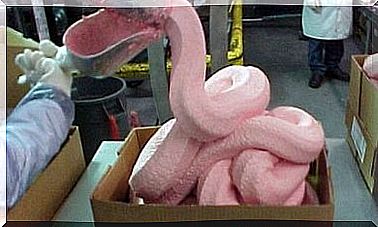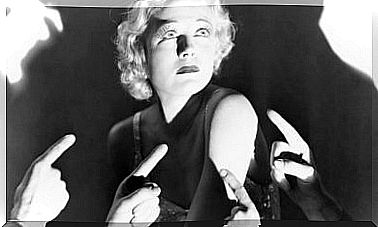Oxygen Therapy: What Is It And What Is Its Goal?
Oxygen therapy is a prescription treatment in which oxygen is administered in high concentrations. Its purpose is to treat hypoxia or oxygen deficiency in the blood and body tissues.
The main indication is the treatment of chronic respiratory failure. However, in recent years, it has been used successfully in the aesthetic world.
What is oxygen therapy for?

Oxygen therapy is especially useful to increase the supply of oxygen to the tissues. To do this, it makes maximum use of the transport capacity of hemoglobin.
In addition, it mitigates some ailments and diseases such as chronic bronchitis or COPD. It is also a good solution to hypoventilation related to obesity and severe asthma.
Today, oxygen therapy is a good alternative for aesthetic treatments, especially for dry or oily skin, with wrinkles or tired skin. It has also been successful in reducing dark circles and blemishes on the skin.
On the other hand, in the world of aesthetics, oxygen provides the hydration that the skin needs. In addition, it stimulates the production of collagen and contributes to a younger-looking skin.
Types
The use of oxygen therapy is key in the treatment of respiratory failure. Oxygen is administered by prescription. There are two types of oxygen therapy that are used most frequently: normobaric and hyperbaric.
Normobaric oxygen therapy
In normobaric oxygen therapy, oxygen is administered at different concentrations. Normally, it is applied at a concentration between 21 and 100%. One of the most common options for its application are nasal cannulas or masks.
Hyperbaric oxygen therapy
In this type of oxygen therapy, oxygen is always administered at 100% concentration. In hyperbaric oxygen therapy, the patient is inside the chamber. For its application a helmet or a mask is used.
The purpose of this therapy is to increase the supply of oxygen to the tissues through hemoglobin. When the amount of oxygen that enters the body is high, it causes a certain pressure in the alveolus that causes the hemoglobin to become saturated.
In this way, the alveolar oxygen pressure increases and the respiratory and cardiac workload decreases. With this, it is possible to maintain the oxygen pressure constantly.
What complications can it have?
As in any treatment, there may be complications. In oxygen therapy, complications derive from an inadequate concentration of oxygen. Although they can also be due to an excess of the time to which the patient is subjected to treatment.
Among the symptoms that may appear are the following :
- Tracheitis and bronchitis.
- Acute lung injury.
- Bronchopulmonary dysplasia.
- Impaired mucociliary clearance.
In addition, as a consequence of breathing the dry and cold mixture of gases, dryness and ulceration of the mucous membranes may appear. Impaired mucociliary transport, retention of secretions and increased density may also appear .
What are the routes of administration?

When patients are spontaneously breathing, therapy can be delivered using nasal cannulas and masks. Masks include the following:
- Mask venturi : given an accurate oxygen concentration to the patient. During administration, the patient is not allowed to eat or speak. The patient may feel hot and may experience slight skin irritation.
- Simple respirator mask: is a soft plastic device that covers the mouth and nose. It has side holes that allow the exhaled air to escape. It must be well adapted to the nose to avoid leaks; conforms to the head by means of an elastic band.
Another route of administration is the low-flow system. This system is indicated for people who have to submit to minimal contact with oxygen.
The high-flow system and the hyperbaric chamber can also be used. However, in patients who lack spontaneous respiration, it is applied by means of a mechanical respirator.
Although oxygen therapy is a prescription treatment, it should not be forgotten that it is not only used to solve health problems. Currently, it is used with success in some aesthetic treatments.









